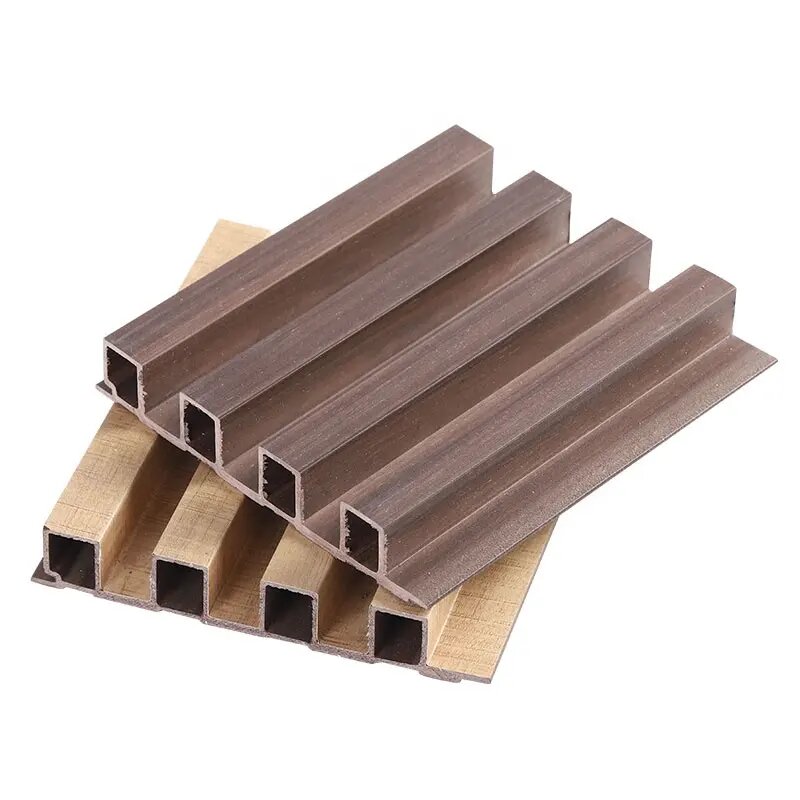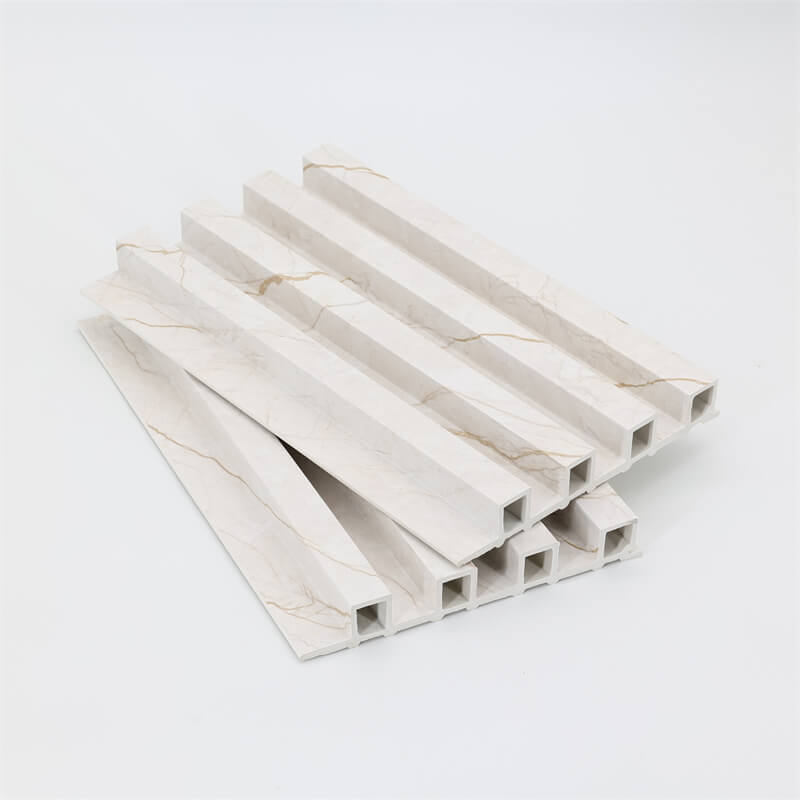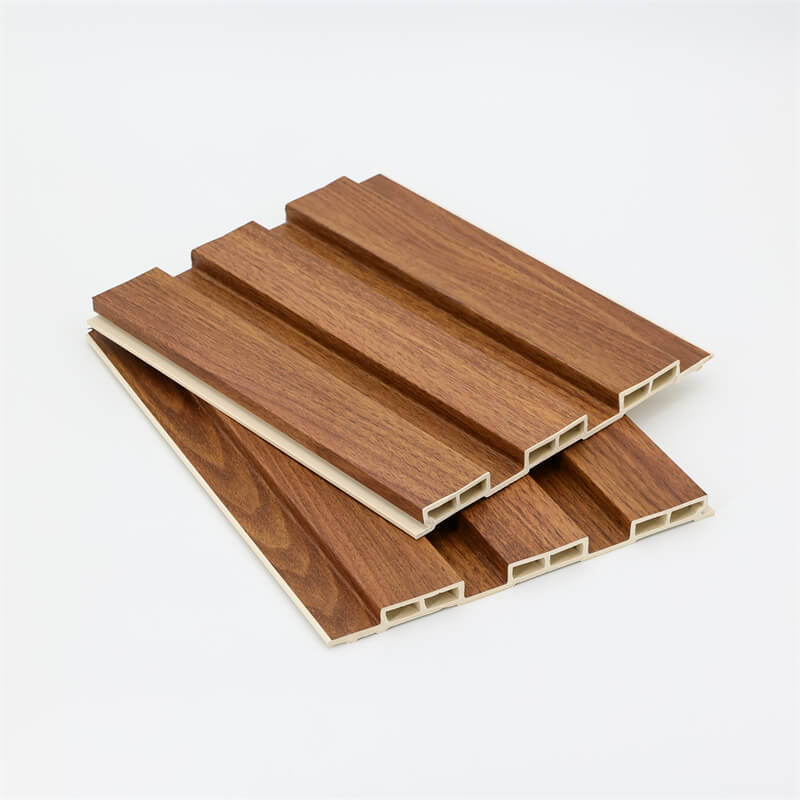
WPC (Wood Plastic Composite) wall panels have gained significant popularity in the construction and design industry due to their numerous advantages.
This comprehensive guide explores the benefits of WPC wall panels, providing an in-depth understanding of their features and applications.
By examining their durability, versatility, sustainability, and ease of installation, this essay aims to highlight the key advantages that make WPC wall panels a preferred choice for both residential and commercial projects.
I. Durability: Long-lasting and Resilient
WPC wall panels are renowned for their exceptional durability, offering longevity that surpasses traditional wall cladding materials.
These panels are composed of a blend of wood fibers and plastic, resulting in a material that is resistant to rotting, warping, and cracking.
This inherent durability makes WPC wall panels ideal for high-traffic areas, where they can withstand daily wear and tear without losing their structural integrity.
Additionally, their resistance to moisture and insects ensures that WPC wall panels maintain their quality even in humid or outdoor environments.

II. Versatility: Design Possibilities and Aesthetics
One of the significant advantages of WPC wall panels is their versatility in design and aesthetics.
Manufacturers offer a wide array of colors, textures, and finishes, allowing architects and designers to create visually stunning and customized spaces.
Whether seeking a modern, sleek appearance or a rustic, natural look, WPC wall panels can be tailored to meet diverse design preferences.
The panels can also be manufactured in various sizes and shapes, offering flexibility in architectural applications.
From interior accent walls to exterior cladding, WPC wall panels provide endless possibilities for transforming spaces.
III. Sustainability: Eco-Friendly Building Solution
In an era of increasing environmental awareness, WPC wall panels offer a sustainable alternative to traditional materials.
These panels are manufactured using a combination of recycled wood fibers and recycled plastic, reducing the demand for virgin materials.
By utilizing recycled content, WPC wall panels contribute to waste reduction and promote resource conservation.
Moreover, the manufacturing process of WPC panels consumes less energy and produces lower greenhouse gas emissions compared to the production of conventional building materials.
Choosing WPC wall panels as a sustainable building solution demonstrates a commitment to environmental stewardship and green building practices.

IV. Ease of Installation: Time-saving and Cost-effective
Installing WPC wall panels is a straightforward and efficient process, making it a cost-effective choice for both homeowners and contractors.
The panels are lightweight, allowing for easy handling and transportation.
They are also designed with interlocking systems or tongue-and-groove mechanisms, simplifying the installation process and eliminating the need for complex techniques.
WPC wall panels can be directly mounted onto existing walls or attached to a framework, saving time and labor costs.
Additionally, their low maintenance requirements, such as no painting or staining, contribute to long-term cost savings.
WPC wall panels offer a comprehensive range of advantages, making them an appealing choice for architects, designers, and homeowners alike.
With their durability, versatility, sustainability, and ease of installation, these panels provide a reliable and aesthetically pleasing solution for enhancing both interior and exterior spaces.
As the construction industry continues to prioritize longevity, environmental consciousness, and design flexibility, WPC wall panels emerge as a versatile and sustainable material that meets these demands.
By understanding and leveraging the advantages of WPC wall panels, we can create functional and visually captivating environments that stand the test of time.
